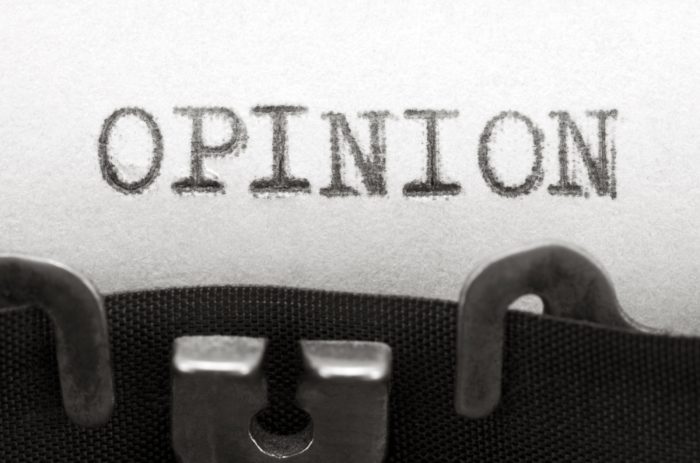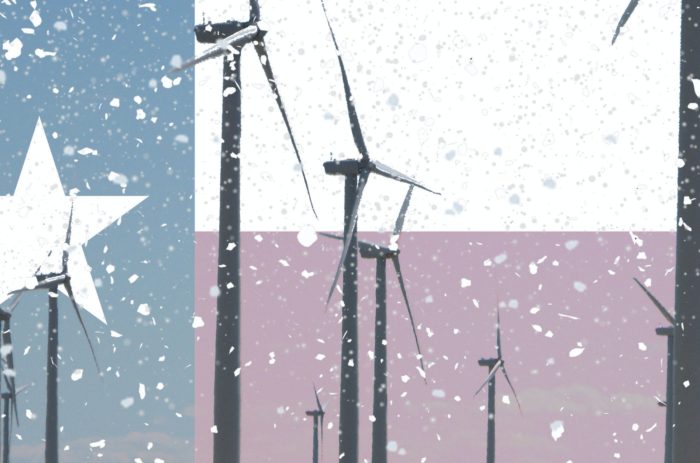redo Jump to...
print Print...
(by Thomas Sowell, HumanEvents.com) – Anyone who takes the trouble to read the Supreme Court opinions of Justice Clarence Thomas will see a very different, and much more intellectually formidable, mind at work than what they might expect from reading media attempts to denigrate Justice Thomas.
A very convenient place to see excerpts from more than 300 of Clarence Thomas’ judicial opinions is a new book titled “The Keeper of the Flame” by Henry Mark Holzer. These opinions provide some much needed clarification of the law, as well as clarifying media distortions of the justice’s record.
One of the most gross distortions occurred early in Justice Thomas’ career, when he refused to declare it a violation of the constitution when prison guards beat a handcuffed prisoner. He was called “the youngest and cruelest justice” in the media because he did not go along with others on the Supreme Court who considered that a violation of the 8th Amendment’s ban on “cruel and unusual punishment.”
What Justice Thomas understood, that the media either didn’t understand or didn’t want to understand, was that everything that is wrong, or even illegal, is not automatically a violation of the constitution.
It is not unconstitutional to assassinate the President of the United States. For most of our history, it was not even a federal crime.
That is why Lee Harvey Oswald was in the custody of the Dallas police, instead of the FBI. Oswald had violated no federal law when he shot President Kennedy.
Justice Thomas did not for one moment deny that the beaten prisoner had a right to take legal action against the guards who beat him. He even suggested that there were other laws, and perhaps other provisions of the constitution, that the prisoner could use, but that the 8th Amendment did not apply.
Why not? Because the word “punishment” in the constitution referred to “the penalty imposed for the commission of a crime,” Justice Thomas pointed out. Therefore “judges or juries — not jailers — impose ‘punishment.'”
Nobody sentenced this prisoner to be beaten. The guards took it upon themselves to do this illegal act — for which they could be dealt with by civil or criminal laws, or both, without twisting the words of the 8th Amendment to mean something they never meant.
The legal principle involved went far beyond this case and even beyond criminal laws in general. Repeatedly, in many different contexts, Justice Thomas has driven home the point that the constitution is not a blank check authorizing judges to right whatever they think is wrong.
“More than any other member of the Court in modern times he has kept the constitutional faith,” Professor Holzer says in the introduction to this book.
Contrary to what many say in the media, or even in academia, it is not a question of whether a judge is personally “conservative” or “liberal.” The real question is whether he believes he is there to uphold the constitution or the constitution is there to authorize him to do whatever he wants to do.
Justice Thomas voted to allow marijuana to be dispensed under California’s liberal laws, not because he necessarily agreed with those laws, but because the California legislature had the right under the constitution to pass that law for their state.
In this decision, he disagreed with some of his more liberal colleagues who voted to declare the California law unconstitutional. In another decision, he again disagreed with his colleagues, this time when they ruled that the Ku Klux Klan had a constitutional right to burn a cross near a black family’s home.
To the Supreme Court majority, it was a question of “free speech.” But Justice Thomas pointed out that the cross was burned solely for the purpose of intimidation and was not speech.
Those who think in terms of “liberal” and “conservative” judges would have to say that Justice Thomas was to the left of his colleagues on both these cases.
He was not, of course. In all these cases, he ruled on the basis of what the constitution actually said, not what clever judges could read into it. He kept the faith.
Dr. Sowell is a senior fellow at the Hoover Institution and the author of “Applied Economics” and “Black Rednecks and White Liberals.”
Copyright ©2006 HUMAN EVENTS, May 4, 2006. All Rights Reserved. Reprinted here on June 1st with permission from Human Events. Visit the website at humanevents.com.
Questions
1. How does the media portray Justice Clarence Thomas, according to Thomas Sowell?
2. For what reason did Justice Thomas refuse to declare it a violation of the constitution when prison guards beat a handcuffed prisoner? What did the media say about him?
3. Read the following statements made by Mr. Sowell in his commentary about Justice Thomas. For each, do you agree or disagree? Explain your answers.
- “What Justice Thomas understood, that the media either didn’t understand or didn’t want to understand, was that everything that is wrong, or even illegal, is not automatically a violation of the constitution.”
- “Justice Thomas has driven home the point that the constitution is not a blank check authorizing judges to right whatever they think is wrong.”
- “Contrary to what many say in the media, or even in academia, it is not a question of whether a judge is personally “conservative” or “liberal.” The real question is whether he believes he is there to uphold the constitution or the constitution is there to authorize him to do whatever he wants to do [what he thinks is right].”
4. A judge is either a constitutionalist or an activist judge. Justice Thomas is a constitutionalist.
- For an explanation of constutionalism from the conservative organization Committee for Justice, go to web2.committeeforjustice.org/index.php?id=about-us AND SCROLL DOWN.
- For an explanation of judicial activism, go to Wikipedia.org here.
(NOTE: No definition for activist judge could be found on the websites of liberal organizations such as ACLU.org, PFAW.org and SaveTheCourt.org. Therefore, we have provided the information from the online encyclopedia, wikipedia.org.)
Which makes more sense to you (constitutionalist or activist)? Explain your answer.

